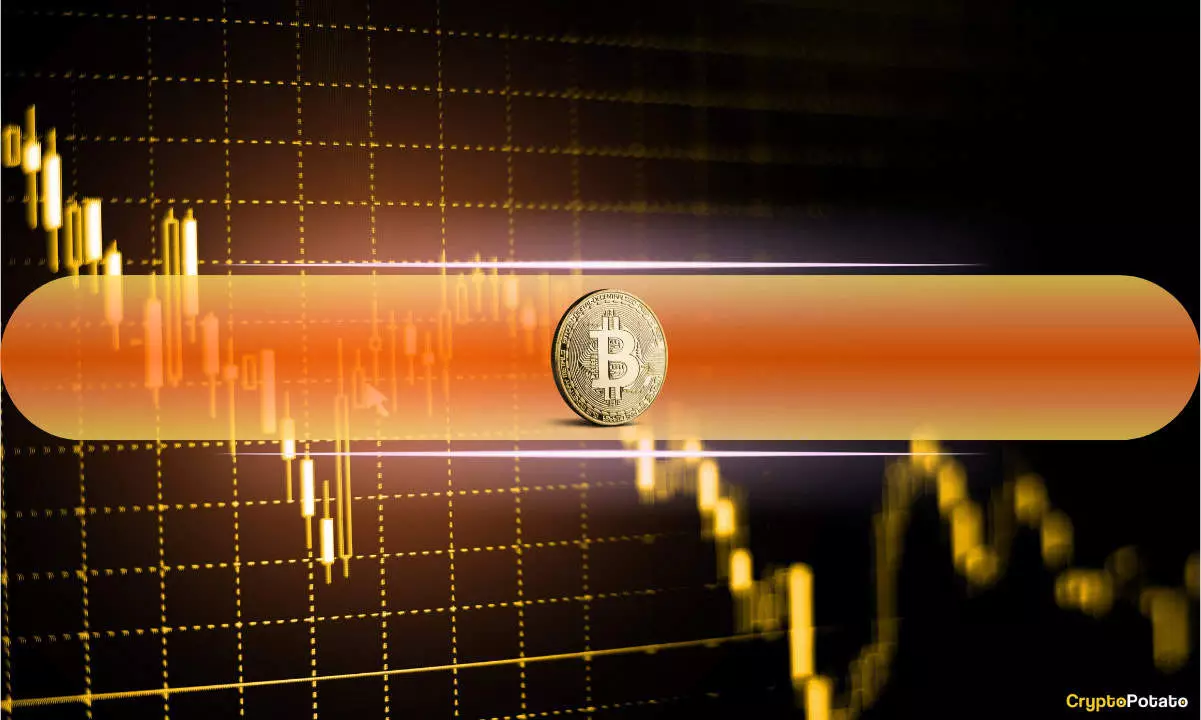Recent spikes in inflation in the United States have set off a wave of alarm across various markets, particularly in the cryptocurrency space. As inflation rates soared unexpectedly, Bitcoin, a cornerstone of the crypto market, faced extreme volatility. Initial drops saw Bitcoin plunge to around $94,000, only to rebound spectacularly to approximately $98,000, before settling back to a working equilibrium at $96,000. These drastic shifts in value began as the Consumer Price Index (CPI) reports indicated a 0.5% increase month-over-month, leading to a year-over-year inflation rate of 3.0%, exceeding analysts’ projections of 2.9%.
Despite economic indicators that typically herald concern, the cryptocurrency market appeared to seize the opportunity for recovery following the initial sell-off. This dynamic illustrates a broader trend often summarized as “sell the rumor, buy the news,” where market actors react superficially to forecasts while positioning themselves based on the reality of newly released data. Particularly noteworthy is the observation from analytics platforms like Santiment, suggesting that pre-emptive knowledge of the impending CPI results might have allowed savvy investors to offset potential losses from market panic, prompting a swift recovery right after initial declines.
With cryptocurrency, market sentiment plays an exceptionally critical role in dictating price fluctuations. Following the release of inflation data, social media buzz around CPI surged dramatically—hitting peak engagement levels not witnessed in over a year. Platforms like X (formerly Twitter), Reddit, and Telegram became hotbeds for debate, reflecting the mounting anxiety not only among retail investors but also institutional players who are constantly monitoring data releases.
This swell of discussion highlights an essential aspect of market behavior: when investors express fear, uncertainty, and doubt (FUD), it can incite larger players known as “whales” to capitalize on the climate of doubt. If retail investors begin to exit the crypto markets amidst inflation-related fears, it would present an ideal opportunity for these whales to increase their holdings, thereby setting the stage for an eventual price rally driven by heightened accumulation.
Amidst these fluctuations, the Federal Reserve’s stance on interest rates holds significant weight. Following an extended period of interest rate cuts throughout 2023 and into 2024, many market participants were taken aback when the Federal Reserve announced a halt to these measures during their November meeting. Past experiences with sharp rate increases, particularly those that precipitated the 2022 crypto market crash, loom large in the memories of both investors and analysts. The anticipation of future rate changes continues to foster uncertainty, with speculation brewing about when the next cuts may happen.
Should the Federal Reserve signal a continuation of the current policy without easing pressure, analysts warn of potential mass exits from crypto by retail traders, exacerbating the FUD environment. Santiment’s data further delineates the ebb and flow of Bitcoin holders, revealing a decline in numbers—a trend typically associated with bearish sentiment in any asset class.
Despite these concerns, the outlook for Bitcoin is not entirely bleak. Increasing liquidity, supported by substantial inflows of institutional capital, lends a semblance of stability to the market amidst ongoing volatility. According to Glassnode, healthy inflows help cushion Bitcoin’s price amid economic fluctuations.
Moreover, proposed strategic Bitcoin reserve bills in various U.S. states suggest a remarkable shift in acceptance for cryptocurrency on a legislative level. Proposals from 19 states—including significant advances from Arizona and Utah—could potentially result in over $23 billion in Bitcoin purchases, far outpacing existing government holdings of Bitcoin. Such initiatives could vastly enhance demand, setting the stage for potential price increases if legislation is approved.
While inflation continues to sway both crypto and traditional markets, the resilience demonstrated in Bitcoin’s recent rallies suggests a complex interplay of market factors. Enhanced liquidity, speculative trading behaviors, and legislative advancements may all contribute to a more stable environment for Bitcoin, even as inflationary pressures loom. The future of cryptocurrency amidst these challenges will likely depend on the cognitive agility of its investors and their ability to navigate the intricacies of economic data and market sentiment.

